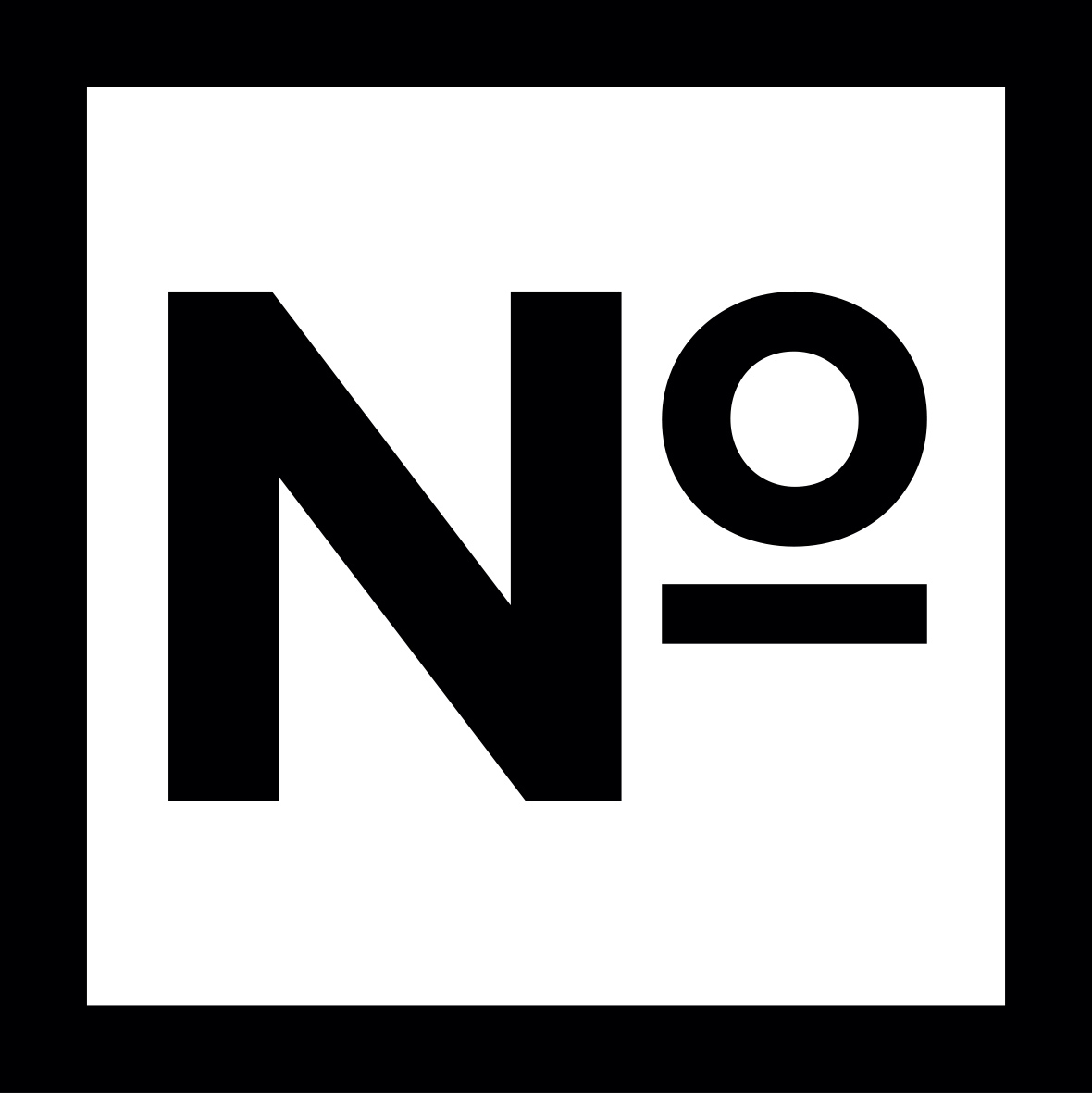Read about tonight's opening in WALLPAPER MAGAZINE Clay makers: 'Void + Collapse' presents a new side to contemporary ceramics
and on THE CREATORS PROJECTThe 5 Best Things About Contemporary Ceramics
PRESS RELEASE
Chloe Curtis is pleased to present Void + Collapse, a group exhibition of contemporary ceramic art. The show features new and recent works by artists Jenny Blumenfield, Adam Frezza and Terri Chiao, Isabel Halley, Sean Gerstley, Romy Northover, Suzanne Sullivan and Pilar Wiley to present a dynamic picture of how artists are working with ceramics today.
The exhibition re-examines the role of clay as a vehicle of art, identifying ceramics as an important medium within the broader context of painting and sculpture. The works in Void + Collapse illustrate a variety of artists’ approaches to this methodology. From intricate renderings to simple gestures, they utilize a range of techniques, shapes, colors and glazing methods as a way of expressing an authentic and inimitable formal language.
The unique forms and surfaces of vessels and abstract sculptural objects created from clay and other like materials have too frequently come to be regarded as separate from fine art. Ceramic art is often considered within the realm of craft because of its connection with utilitarian objects. However, the medium provides vast opportunities for variation. Ceramic materials are used to create distinctive sculptural statements whereby the utility of the vessel is not essential to its legitimacy as an art object. This exhibition argues for the full integration of ceramics as an invaluable medium in contemporary art where the artwork is judged by the same aesthetic standards.
Clay has inherent qualities in its connection to primordial expression and origin in the earth. The necessity for expressive gesture provides a uniquely visible tangibility for a finished work, as each artist actively engages with clay’s elasticity. Wet, malleable clay emphasizes every touch, squeeze, and pinch from the maker’s hand, recording their every action and provoking the artist’s intuitive rather than conceptual reaction. These characteristics help accentuate the composition of each object, readjusting the viewer’s focus from the objects function to its distinctive form. The unique surface details including shapes, lines and markings also contribute to this emphasis on form, resembling key characteristics of abstract art relocated to ceramics. Each individual work stands strongly as its own aesthetic statement, translating the experience and emotional force of the artist into direct physical form and ultimately transcending craft to become a full force amongst high art.
‘I’ve always been interested in the use of craft materials in contemporary art. I feel that clay in particular is a dynamic material that is used to create everyday objects as well as fine art,’ Curtis explains. Pictured: a vessel by Romy Northover (left) and a standing vessel by Sean Gerstley (right) via WALLPAPER

